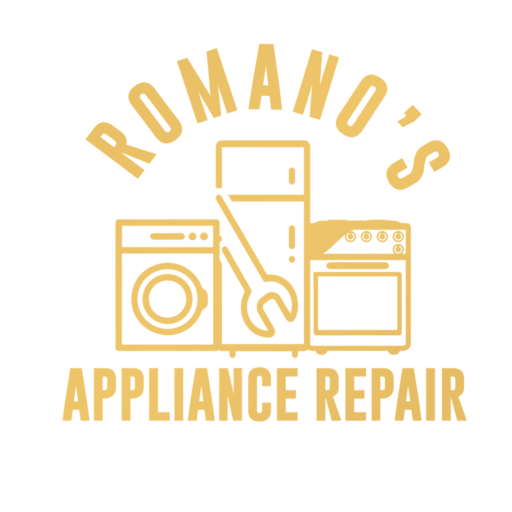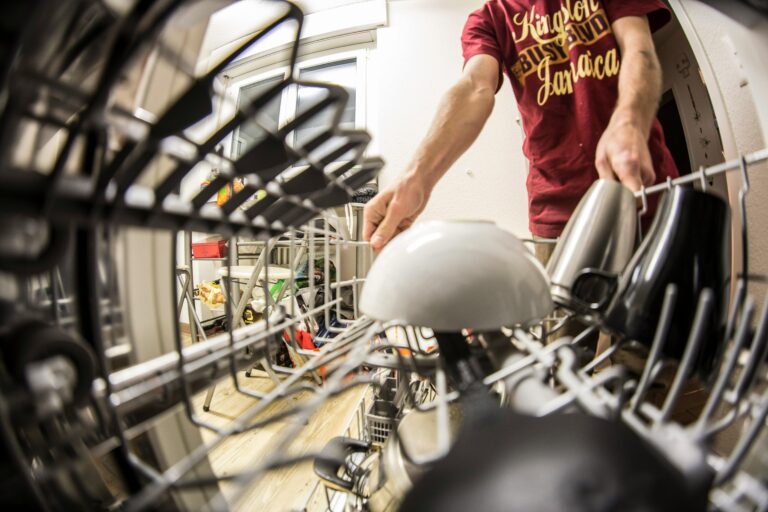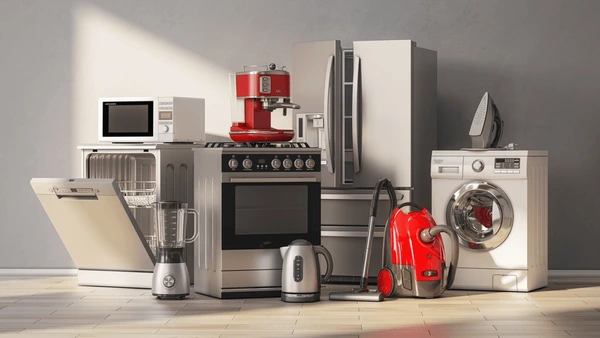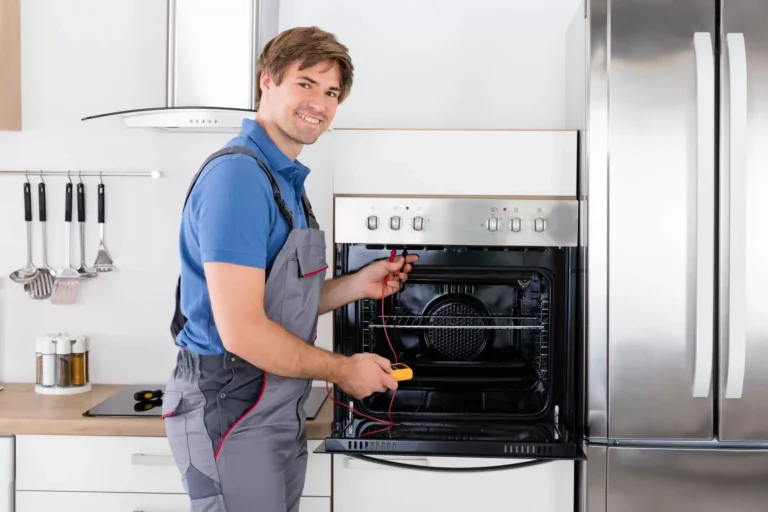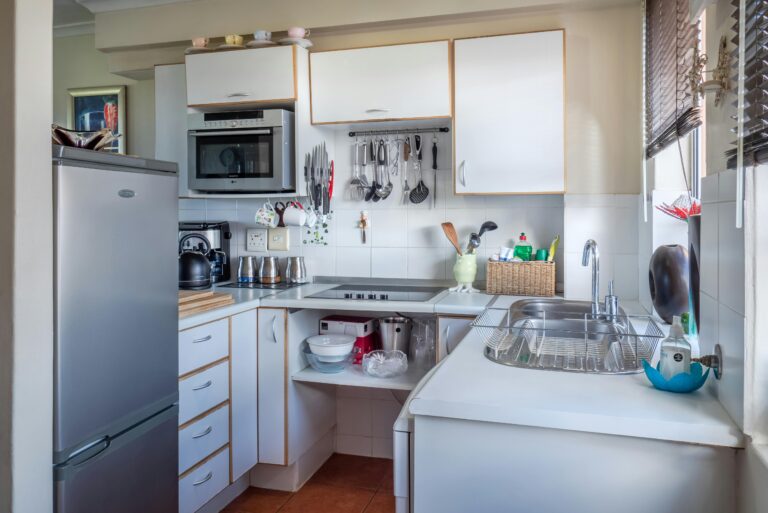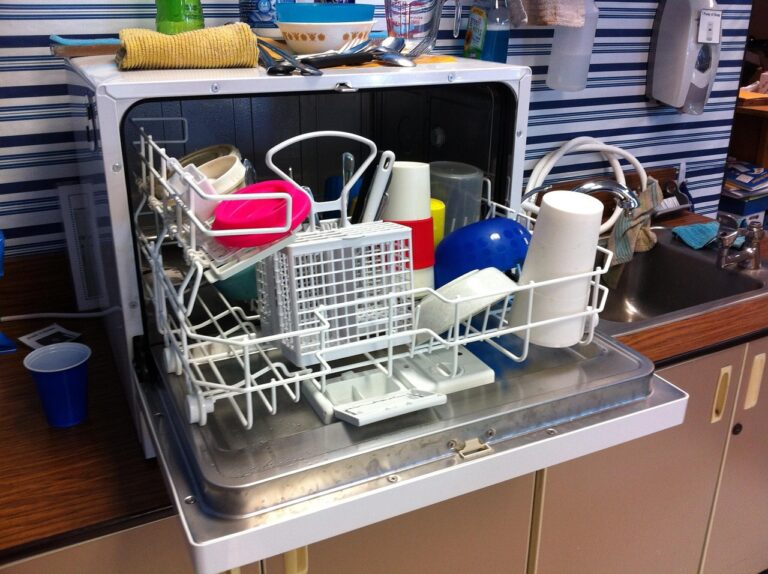
Prevent Appliance Failures Breakdowns!
In our busy households, appliances play a crucial role in keeping our daily routines running smoothly. However, these essential devices can sometimes develop issues that lead to inconvenience and costly repairs. In this
